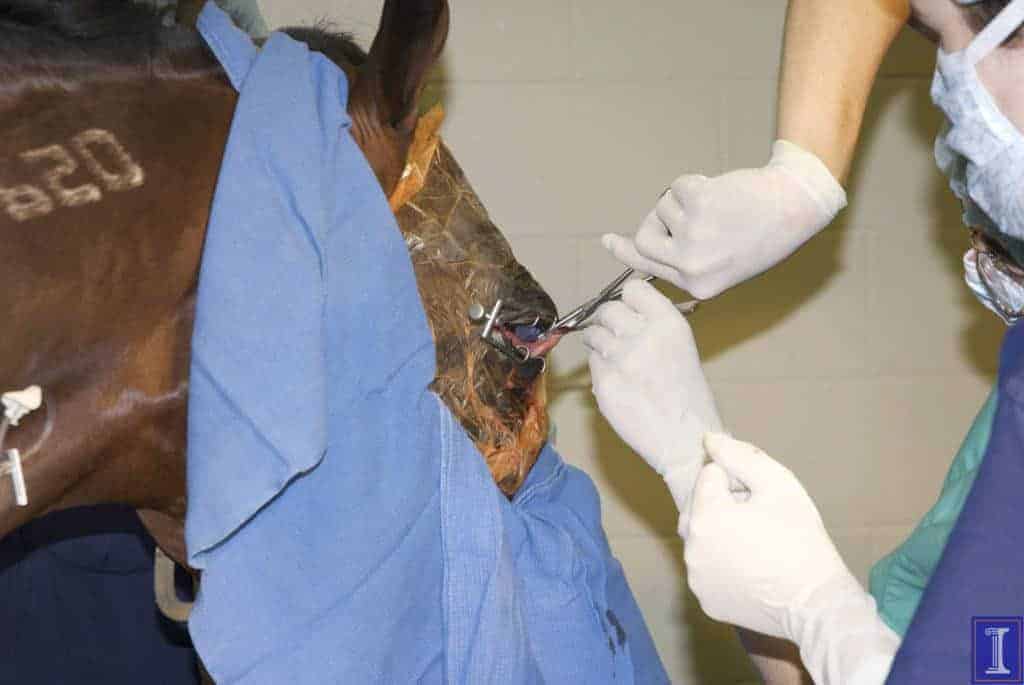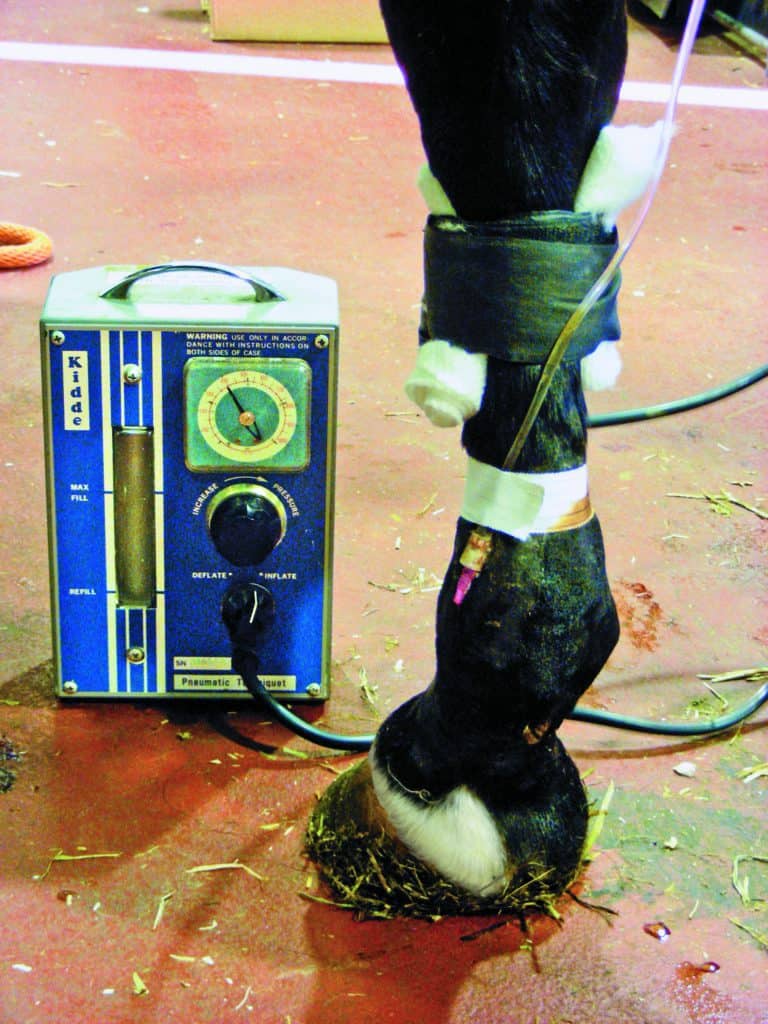
Study Examines Post-Anesthetic Myelopathy in Horses
Post-anesthetic myelopathy is a rare but deadly complication of general anesthesia in horses.

Post-anesthetic myelopathy is a rare but deadly complication of general anesthesia in horses.

Although injured horses need time off, they could need greater amounts of some nutrients than during training.

Study links common post-surgical heart arrhythmia in horses to anesthesia, surgery, and recovery.
Vets should consider research results when recommending mesenchymal stem cell therapy for equine injuries.
The colt sustained a long pastern chip fracture during Saturday’s Kentucky Derby.

Delayed wound closure involves suturing wounds four to five days after injury.
A public open house is scheduled for April 28, from noon to 3 p.m. at the equine rehabilitation center.

Why do some horses seem predisposed to experiencing colic episodes? And, if your horse has colicked in the past, what can you do to help prevent it from happening again?

Removal of the equine third eye lid using sedation and local anesthesia appears to be safe and effective.

An equine surgeon described an improved casting technique to reduce cast complications.

Regional limb perfusion can be performed safely, effectively, and comfortably without general anesthesia.
Researchers compared different suture materials’ integrity for closing abdominal incisions from colic surgery.
Tune in on Thursday, March 15, 8 p.m., EDT, for TheHorse.com’s free Ask the Vet LIVE audio and chat event.

The Lembert single layer pattern is faster, stronger, and less likely to impede the intestinal flow.
The hyperbaric oxygen chamber was shut down for evaluation after a similar chamber in Florida exploded.

Previous studies failed to achieve in horses what are considered therapeutic tramadol plasma levels in humans.
Stay on top of the most recent Horse Health news with
"*" indicates required fields